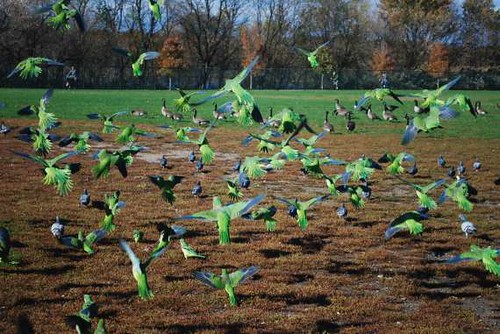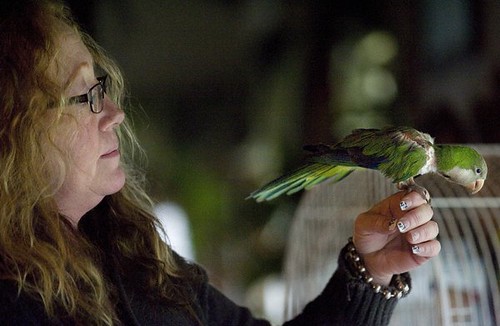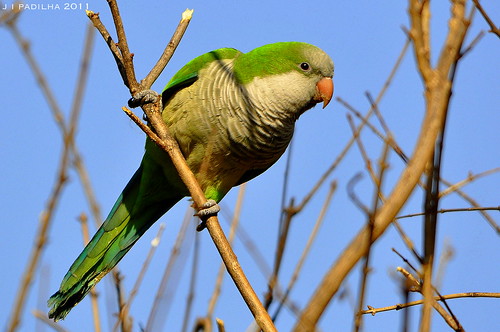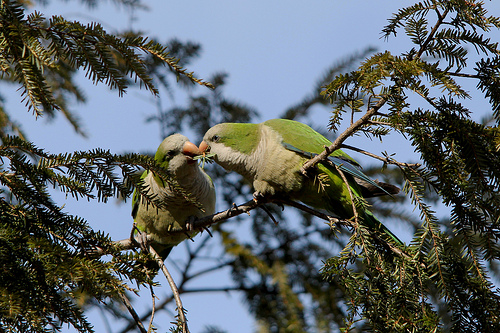Parrots' nests cleared from power sources
 Saturday, April 7, 2012 at 2:44
Saturday, April 7, 2012 at 2:44  Quaker parrots in flight at Overpeck Park in Leonia. Image WAYNE NORRISLEONIA — It was hard to miss the tangled mass of twigs engulfing a transformer high atop a utility pole in Overpeck County Park on Fort Lee Road.
Quaker parrots in flight at Overpeck Park in Leonia. Image WAYNE NORRISLEONIA — It was hard to miss the tangled mass of twigs engulfing a transformer high atop a utility pole in Overpeck County Park on Fort Lee Road.





